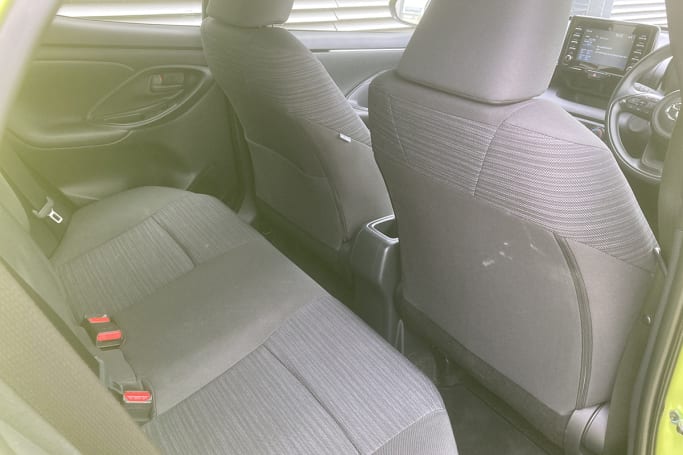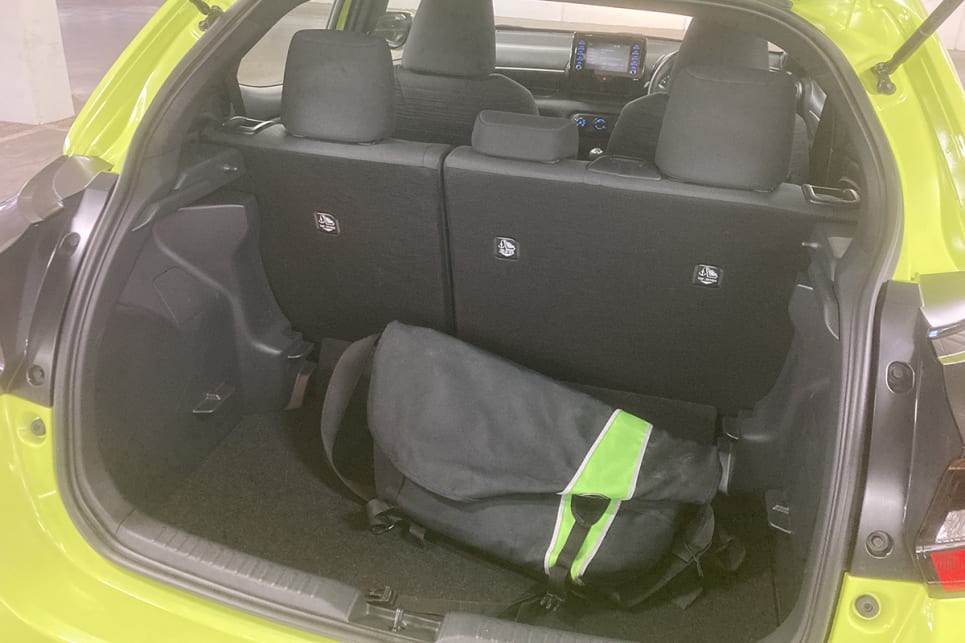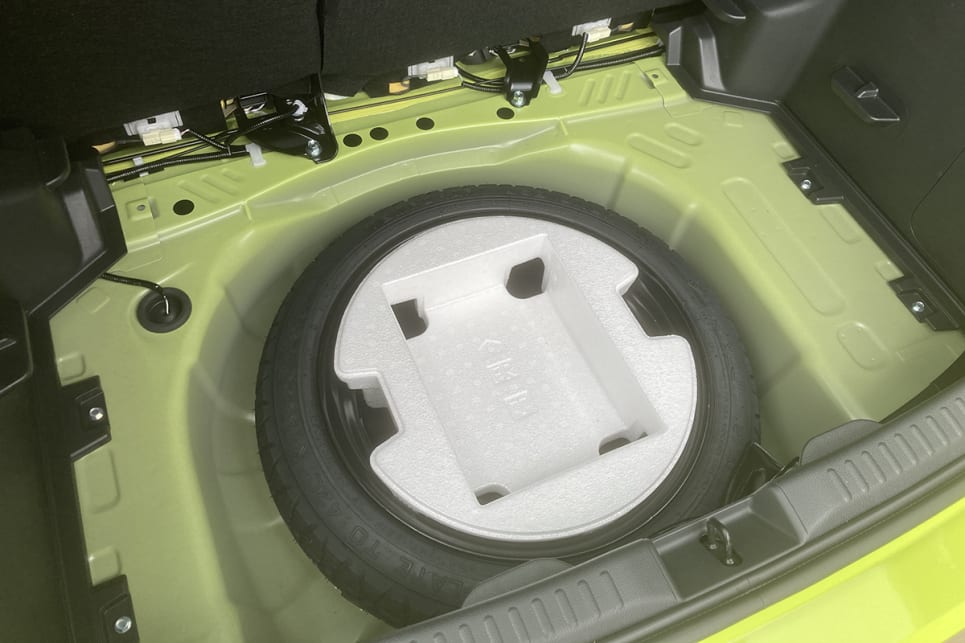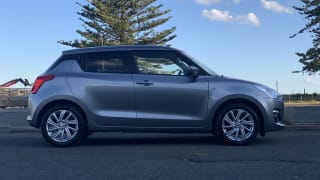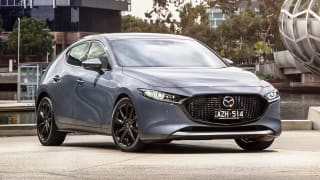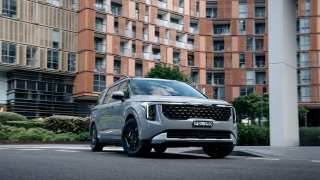Our Yaris Ascent Sport 1.5-litre three-cylinder manual five-door hatchback includes lurid lime paint for $500 extra, taking the as-tested price to $22,630 before ORC or $26,431 driveway ex-Melbourne.
Think that's the most expensive cheap Toyota in history? Think again. The 1999 Echo with three and not five doors and no power steering, air-conditioning and advanced safety gear like anti-lock brakes (let alone AEB autonomous emergency braking and stability control) cost $15,000 back then but nearly $25,500 before ORC in today’s money.
This puts the 2021 equivalent in perspective.
Instead of just one airbag it has eight, including centre airbags to help stop the front-seat occupants from crushing each other in lateral collisions. Then there's AEB with pedestrian (day/night) and cyclist (day) detection, daytime intersection assistance, emergency steering assist, adaptive cruise control (but not full stop/go in the manual versions), lane-keep assist, speed-sign recognition, auto high beam, anti-lock brakes with brake assist, traction control, stability control, active cornering assist, secondary collision braking, reverse camera and rear outboard-seating ISOFIX child restraint anchors.
Most of this stuff wouldn't be found in a Lexus LS400 in '99. And that cost over a quarter of a million in 2021 dollars.
Don't forget, too, that a 7.0-inch touchscreen, digital radio, Bluetooth connectivity and Apple CarPlay/Android Auto compatibility are also included, but no wireless smartphone charger and just a single-USB and 12-volt power sockets. Disappointing in an all-new car.
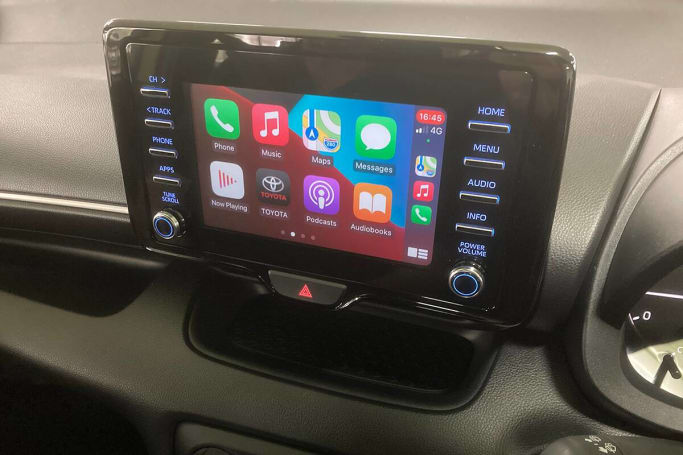
But there’s six-speaker audio, voice-recognition technology, trip computer, single-zone air-con, power windows, tilt/telescopic steering wheel adjustment, auto-retractable mirrors, a dual-level cargo floor, 15-inch steel wheels and a temporary spare. Adding premium paint costs $500 and two-tone paint is $450.
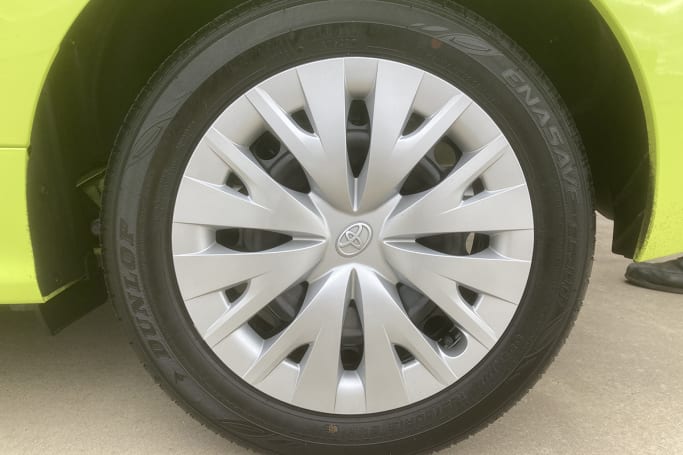
Toyota reckons the Yaris is the safest car in its class in the world, but with "Intelligent Clearance Sonar" with parking support braking (to stop you backing into things) and blind-spot monitor (BSM), you’ll need another $7970 for the ZR (bypassing the mid-range SX with its LED headlights, keyless entry/go, sat-nav and alloy wheels from $27,020) for that, while also gaining sportier trim, bolstered front seats, a head-up display and 16-inch alloys. The latter two grades also come with a $2000 hybrid option, but not the base hatch.
The least expensive 2021 Yaris, then, is undoubtedly well-equipped – especially considering the standard driver-assist systems that are included – but while cheaper rivals are few, they’re fierce.
The Suzuki Swift GL Navigator manual is over $3000 cheaper from $18,990 before ORC/$20,990-driveaway and adds GPS, 16-inch alloys and an extra cylinder (though smaller engine). But you’ll need to stretch to the auto-only GL Navigator Plus from a still-highly competitive $21,490/$23,490-driveaway to enjoy AEB, lane-departure assist and auto high beams, as well as heated side mirrors, BSM, rear cross-traffic alert (RCTA) and rear parking sensors. Adaptive cruise isn’t available in either Swift grade.
The Mazda2 G15 Pure, meanwhile, from $20,990 before ORC/$22,990-driveaway also lacks the latter but matches the Swift GL Navigator Plus for spec otherwise – minus the GPS.
Leaving Japan, the Volkswagen Polo from South Africa and with its terrific 1.0-litre three-pot turbo manual is keenly priced from $19,290 before ORC/$20,490-driveaway (70TSI Trendline), but even the mid-spec and more powerful $20,890/$22,990-driveaway 85TSI Comfortline undercuts the Yaris Ascent Sport, but doesn’t include BSM, RCTA, adaptive cruise or auto high beams – though they are at least offered as part of a cost-option Driver Assistance package.
Australia’s bestselling supermini in 2020 – the pretty little MG3 from China – is a sensational $16,690-driveaway (there’s your reason why), but most driver-assist safety tech including AEB is AWOL, rating just three stars in the crash-test ratings compared to the others’ five. And it's facing a 10th birthday.
No rival can equal the Toyota’s airbags-between-the-front-seats innovation.
Verdict? The base Yaris is expensive but well-specified on a features-for-dollars basis compared to the best of the competition. Let's see how the rest of it fares.









